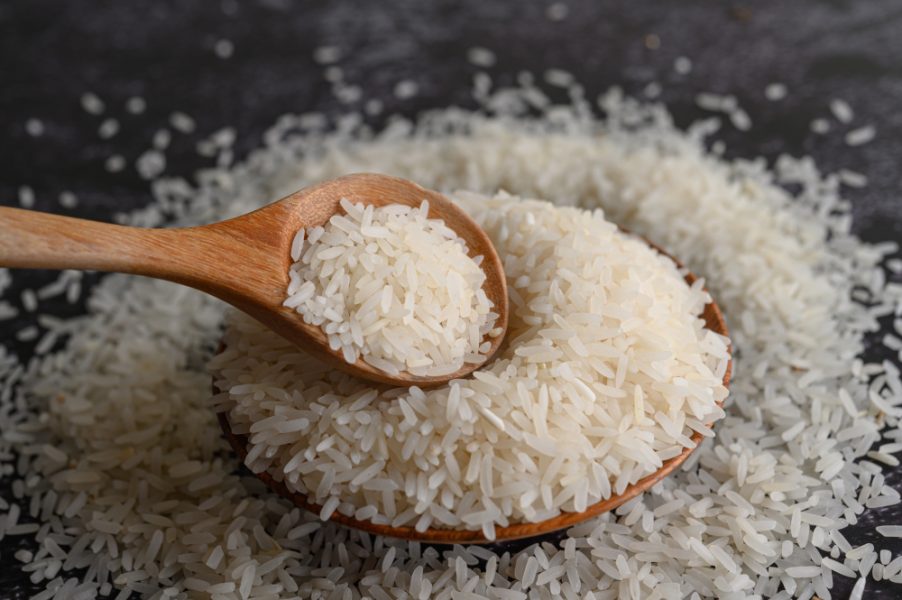
IMF ‘encourages’ India to lift rice export check for sake of global inflation

The International Monetary Fund (IMF) has said it would “encourage” India to remove restrictions on the export of a certain category of rice, which, it said, would have an impact on global inflation.
In the current environment, these types of restrictions are likely to exacerbate volatility on food prices in the rest of the world. They can also lead to retaliatory measures, Pierre-Olivier Gourinchas, Chief Economist, IMF, told a press conference in Washington, US.
“So…we would encourage the removal of these types of export restrictions, because they can be harmful globally,” he said in response to a question.
Rice export restriction
The Indian government on July 20 banned the export of non-basmati white rice to boost domestic supply and keep retail prices under check during the upcoming festive season. This type of rice constitutes about 25 per cent of the total rice exported from the country.
There would be no change in export policy of par-boiled non-basmati rice and basmati rice, which forms the bulk of exports, the food ministry had said in a statement.
The total exports of non-basmati white rice from India was $4.2 million in 2022-23 as against $2.62 million in the preceding year. Major destinations of India’s non-basmati white rice exports include the US, Thailand, Italy, Spain, and Sri Lanka.
To ensure adequate availability of non-basmati white rice in the domestic market and to prevent a rise in local prices, the government has amended the export policy from Free with export duty of 20% to Prohibited with immediate effect.
IMF projects 6.1% growth for India
The IMF in its latest economic update released in Washington on Tuesday (July 25) projected India’s growth rate to be 6.1 per cent for fiscal year 2024, slightly up from the 5.9 per cent estimated projection for the same period in April.
“India remains an economy that is growing quite strongly. I mean, it’s coming down from really a very strong year in 2022, at 7.2 per cent. That was also revised upwards, by the way — but still slow down, but still fairly strong growth and fairly strong momentum,” Gourinchas said.
Later, in an interview, when asked about India’s rice export ban, Daniel Leigh, Division Chief, IMF Research Department, told PTI that the context is clearly an environment of declining inflation around the world.
Also read: Explained: Why India banned rice export and how it will affect the world
“That’s important because then it allows monetary policy to ease up and not to start increasing interest rates, which means currencies move around,” he said.
“We see it in the interest of the overall global community to keep that food and energy inflation trend down. Now the challenge is that if we see restrictions in other countries as well as India, we’ve been very clear that in our view we understand the domestic consideration, but if you see that global impact, then that would go against the reduction in inflation. So, our perspective is that such restrictions should be phased out as soon as feasible,” Leigh said.
Praise for India’s digital push
He also said India’s digital public infrastructure is world class and it is enabling efficiency gains for businesses.
“Really, what is great to see is India sharing its experience with the other members of the G20. Under its presidency of the G20, India is helping to spread the understanding and the opportunities and the risks that we need to talk about when it digitises more generally,” he said.
The Indian economy, Leigh said, has already been very robust. “But the reforms, when it comes to female labour force participation to make it easier for women to stay in the workforce, for the youth to find the kind of training that they need. This is a very dynamic economy. The question is how to maximize the potential,” he said.
“India’s economy is growing strongly and, also, inflation is in the range of the central bank target. So those are positive things and the growth forecast itself is for growth of 6.1 per cent this year. This means that basically 16 per cent of the world economy, one in six of the world’s economic growth, is coming from India,” he said.
Watch: India’s rice export halt sparks chaos in American supermarkets
On growth
Referring to the upward revision of the Indian growth projections, Leigh said this is mainly because of what happened at the end of last year. More government investment, more private investment, give it the economy boost and that has a knock on effect for this year, he said.
“Now, we do see growth continuing to be above six next year as well, 6.3 per cent and in the medium term about 6 per cent. This is the kind of above-average growth for the region that is really going to help economic well-being,” Leigh said.
Noting that the IMF expects India’s inflation to be at 4.9 per cent and then 4.5 per cent next year, he said the monetary policy action really deserves a lot of the credit for this 250 basis point increase in the interest rate since May of last year.
“There’s also though the fortunate decline that all of the countries are benefiting from in food and energy prices globally. This is also driving inflation down,” Leigh said.
(With agency inputs)

